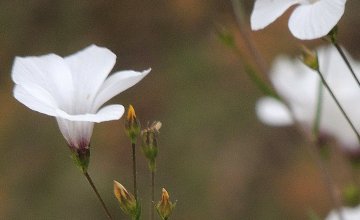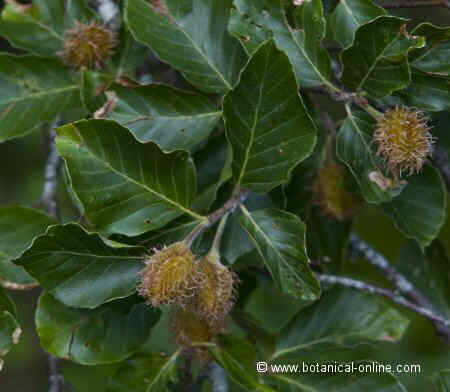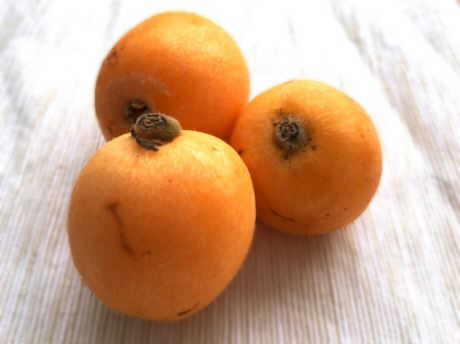Contents
HISTORY OF SUNFLOWER
History of sunflower plant
Native to North America, the history of sunflower plant is extraordinary, for it had to travel thousands of kilometers from its discovery in America to its importation, to be marketed in Russia, and returned to its habitat many years later.

Sunflower plant
Sunflower in America
Archaeological remains date sunflower cultivation back to 3000a.C in Arizona and New Mexico. Native Americans cultivated sunflower and they obtained different varieties with different seed colors ranging from black, white and red, to the best known variety, the black sunflower seed with white stripes.
For its size and striking aspect, sunflower has been used since ancient times until now as an ornamental and decorative plant in gardening.
The primitive sunflower had, besides the traditional yellow, other colors, such as purple and red, and not only flowers but also the stems and the back of the leaves. With sunflower pigments they made preparation to adorn the bodies in rites, which, according to the color, could symbolize defense, protection or attraction.
In Peru, sunflower was considered by the ancient Incas a sacred plant and represented the Sun deity. Therefore, it was present in temples dedicated to the Sun God, and the priestesses were crowned with sunflower flowers.
Sunflower in Europe
Sunflower was brought to Europe in the late sixteenth century, when Spanish explorers imported its culture, as well as bring numerous representations of “The Indian Sun” or “Golden Flower of Peru”, made of gold.
Its cultivation was spread by the West as an ornamental plant. Its flowers were used for decoration in living rooms and immortalized by Van Gogh in his paintings of vases of sunflowers.
Sunflower oil extraction
It was in England where sunflower oil was first marketed in 1716. At this date, it was granted a patent for the extraction of oil from sunflower seeds with a machine.
In the eighteenth century, Tsar Peter “the Great” takes sunflowers to the Russian Empire as a decoration. The sunflower blossom adapted easily to Russian steppes, so, it soon spread and it was a common crop in this country.
Sunflower plant in XIX century
However, the rise of consumption in Russia was in 1830, when the Orthodox Church forbade the consumption of most foods with oil during Lent. Sunflower oil was not among the list of restrictions, which made it earn much popularity as food. In 1833, the first oil factory was installed in Russia.
Because it was a very productive crop, in early nineteenth century, Russian farmers had an acreage of over 800,000 hectares of sunflower. The Russian Government supported breeding research programs aimed at generating new sunflower varieties in order to increase the productivity of oil seeds. These projects were carried out by V.S. Pustovoit, whose recognized work gave name to the current Pustovoit Awards.
The Russian improved sunflower seeds were exported again to the United States where it originated. The American consul in St. Petersburg repatriated the sunflower plant to the United States in 1893 as oil crop.
Initially it was used to feed poultry, and it was not until 1926 when oil of sunflower seeds was started to be produced in Missouri.
Sunflower went to Argentina in the mid-nineteenth century, in the hands of Russian immigrants.
Sunflower plant in XX century
In 1930 the cultivation of the plant took hold and oilseed industry came as a result of the Spanish Civil War (1936-1939) and World War II (1939-1945), circumstances that caused the shortage of olive oil from Spain, Italy and Greece.
The first sunflower growing area documented in Spain dates from the 60s, in Andalusia.
In the late 70s, sunflower cultivation in the United States spread to more than 200 million hectares, resulting in demand for European exports.
Sunflower nowadays
Sunflower seed is a food rich in nutrients. In recent years, there has been a very interesting review on the medicinal properties of sunflower and sunflower seeds
Currently its cultivation as food and ornamental plant is widespread in many temperate climate regions, among which the following producers: Peru, Argentina, Bolivia, Mexico, Russia, France, Spain and China.
Curiosities about sunflower
– In the language of the Aztecs, the nathual, the word “acahual” is used to name the sunflower and other similar plants. We could say then that this is the first recorded name for sunflower.
– Native American Cherokee Tribe made an infusion using sunflower leaves for the treatment of kidneys.
– The Dakota tribe used native sunflowers infusion for chest pains and lung problems.
– Gros Ventres tribes, the Rees, and Mandan, used sunflowers in ceremonies, and its oil to lubricate or paint the face and body.
– The Hopi, another American tribe, used the sunflower plant as medicine for spider bites.
– The Navajo Indian people eat sunflower seeds to stimulate appetite.
– The Paiute Tribe used a decoction of the root of sunflower to relieve rheumatism
* Related information:
– Differences between olive oil and sunflower
![]() More information on sunflower and sunflower oil.
More information on sunflower and sunflower oil.








